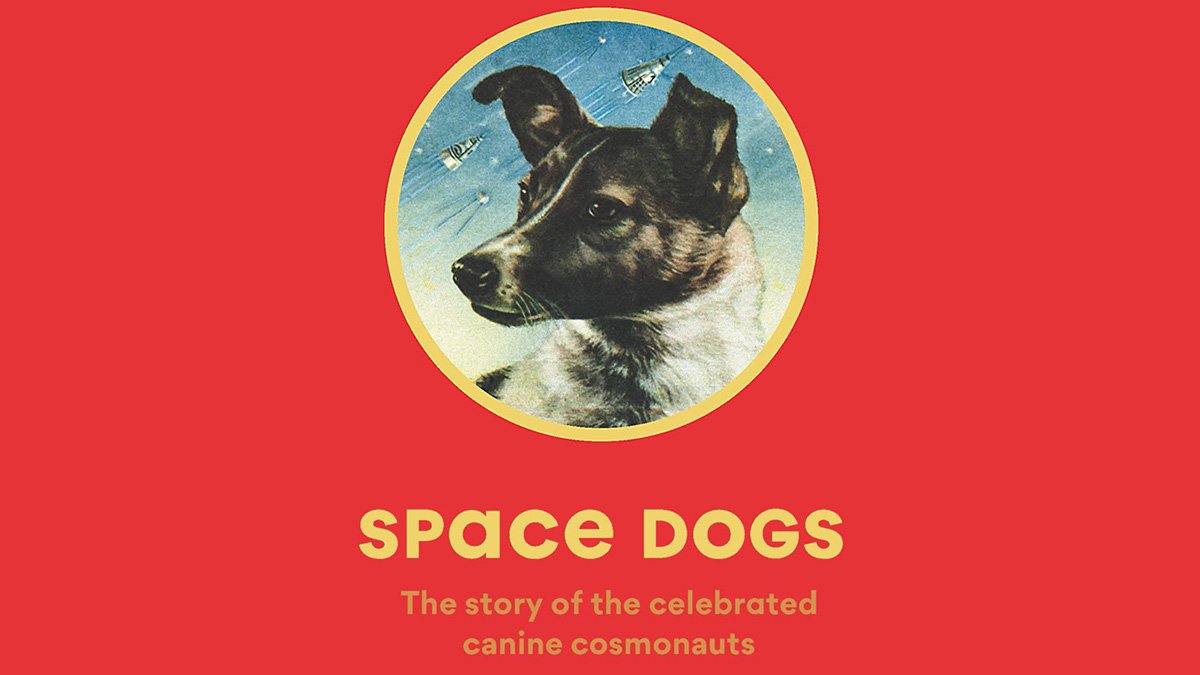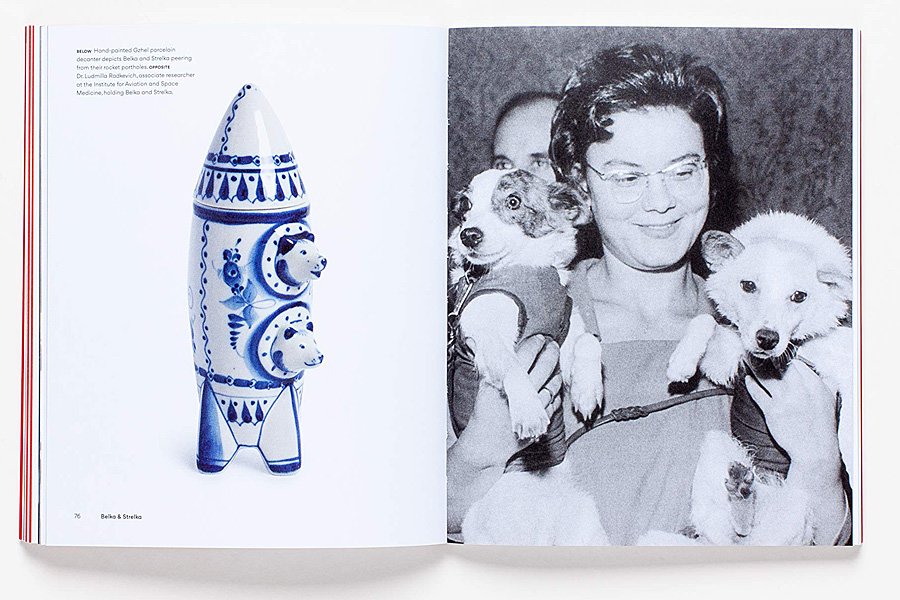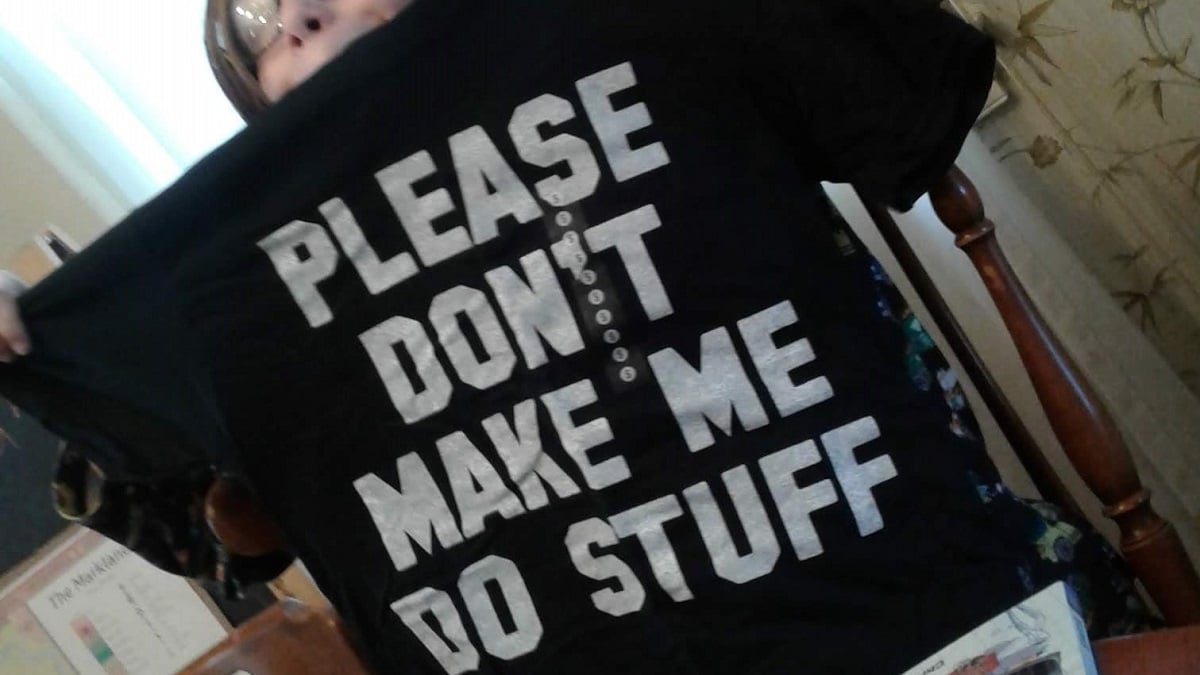
Walt Disney famously said that his entertainment empire “all started with a mouse.” In the case of space exploration, it’s fair to say that it all started with a dog. Several dogs, as it happened, the brave canines who made up the Soviet Union’s space dogs program.
Space Dogs by Martin Parr looks at the history of the program and the dogs that worked there in detail. While many names have become famous over the decades—Laika, Belka, and Strelka in particular—the book also looks at the lesser known dogs and the human staff they worked with. It explores the training the dogs went through, the experiments carried out on them, and the missions that took them into space and into the history books.

At times, this is a difficult book to read. For all the important and worthy milestones achieved by the space dogs (and the other animals used in space missions, such as Ham the chimp), there’s no denying the ethical problems which come with strapping a creature that doesn’t understand what is happening to it onto a rocket and launching them into space—sometimes knowingly on a one-way trip. Space Dogs doesn’t shy away from these discussions and also looks at the feelings of the human staff who worked on the program and the sadness and regret many of them have experienced after their involvement. It’s an important conversation to have as we move forward into a new era of space exploration, but that doesn’t make the facts any easier to stomach.
Author Martin Parr is also a collector of space dog paraphernalia, and at least half the book is given over to photographs of the many items he has gathered over the years along with captions describing their histories. The space dogs were considered heroes in the Soviet Union, a culture that didn’t really allow for human celebrities, and their faces were plastered all over everything from clocks to candy tins, storybooks to stamps. It’s certainly interesting to see these items and gain an understanding of the hugely different culture that produced them, yet I have to admit they did become rather samey after the first dozen or so items. There are, after all, only so many clocks one can look at pictures of.

More interesting to me was the information on what happened to the dogs that returned to earth after their missions. I had somehow totally missed the story of Strelka’s litter of puppies and their ties to US-Soviet diplomacy during the 1960s, and this section of the book ended up being my favorite by far.
This was a short yet fascinating look at the space dogs program that balanced respect toward the sacrifices thee dogs unwittingly made in the name of human progress, with enthusiasm for what was achieved by them. Perhaps we will soon see more dogs headed to space (and even other animals) when humans build bases on the moon and Mars, but for now, Space Dogs will help the legacies of Laika, Belka, Strelka, and the other canine cosmonauts live on.
GeekMom received a copy of this book for review purposes.
Follow the Apollo Tag for more #Apollo50th content.


